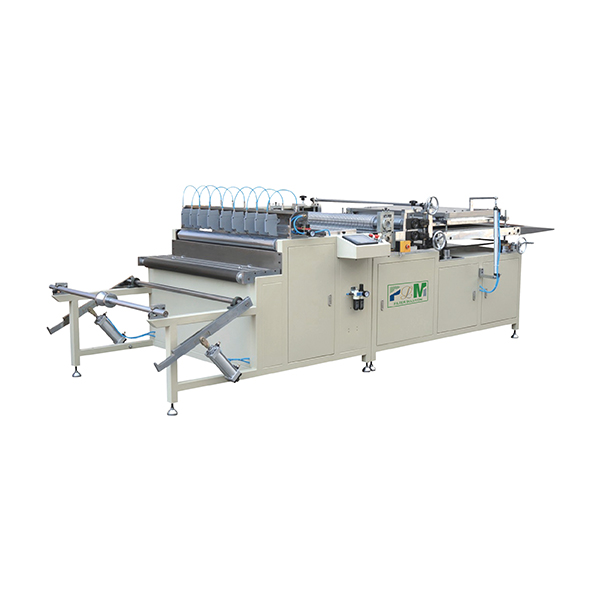Nov . 17, 2024 20:34 Back to list
Top Quality Filter Papers for Enhanced Filtration Performance
The Importance of Choosing the Best Filter Paper
In laboratory settings, the choice of filtration medium is crucial, and one of the most commonly used materials is filter paper. While it may seem like a simple tool, selecting the best filter paper for a specific application can significantly affect the accuracy and efficiency of experiments. There are several factors to consider when choosing the right filter paper, including pore size, thickness, and material composition.
Filter paper comes in various grades, each designed for particular tasks. For instance, qualitative filter papers are often used in routine laboratory procedures where the main objective is to separate solids from liquids. These papers exhibit different retention capacities and filtration speeds. In contrast, quantitative filter papers are characterized by their consistency and high purity, making them ideal for applications requiring precise measurements, such as gravimetric analysis.
The pore size of the filter paper is another critical factor. Smaller pore sizes are perfect for trapping fine particles, while larger pores are better suited for coarse filtration. Knowing the particle size of the substances you need to filter will help you choose the appropriate filter paper. For instance, if you are filtering out bacteria from a liquid sample, a filter with a pore size of 0.2 micrometers may be necessary.
best filter paper

Thickness, too, plays a role in filtration effectiveness. Thicker papers can support more sediment but may also slow down the filtration process. Therefore, it’s essential to strike a balance between the thickness and the speed of filtration needed for your particular experiment.
Material composition is another consideration. Most filter papers are made from cellulose, but alternatives such as glass fiber filters and synthetic polymers are also available. Glass fiber filters, for example, are known for their high flow rate and ability to withstand harsh chemicals, making them suitable for more demanding applications.
Additionally, environmental factors such as pH and chemical compatibility must be taken into account when selecting filter paper. If you're working with corrosive substances, it’s vital to ensure that the filter material can withstand such conditions without degrading.
In conclusion, the selection of the best filter paper is a fundamental step in achieving reliable and reproducible results in laboratory processes. By understanding the different properties of filter papers and aligning them with specific application needs, scientists can enhance the quality of their experiments and ensure the accuracy of their results. Investing time in selecting the appropriate filter paper ultimately contributes to the integrity of scientific research and experimentation.
-
Durable Sintered Porous Metal Filter Tube Cup & Machines
NewsJul.22,2025
-
Effective Active Carbon Air Filter for Purifiers | Eliminate Odors
NewsJul.21,2025
-
PLJT-250-25 Full-auto Turntable Clipping Machine | Efficient Automation
NewsJul.20,2025
-
Cheap PLJY109-500 Full-Auto HDAF Expanded Mesh Spiral Coiling Machine - High Efficiency & Quality Manufacturer
NewsJul.08,2025
-
Best PLHJ-6 Full-Auto Eco Filter Rotary Heat Plating Machine - High Efficiency & Eco-Friendly Solution
NewsJul.08,2025
-
High-Efficiency Paper Pleating Machine for Filters Trusted Filter Paper Pleating Machine Company
NewsJul.07,2025
